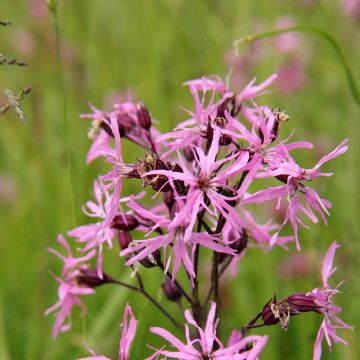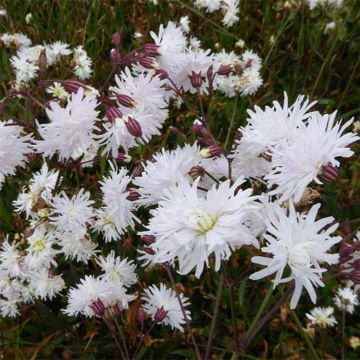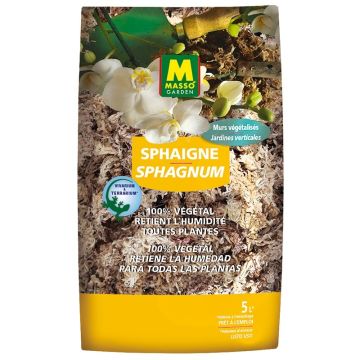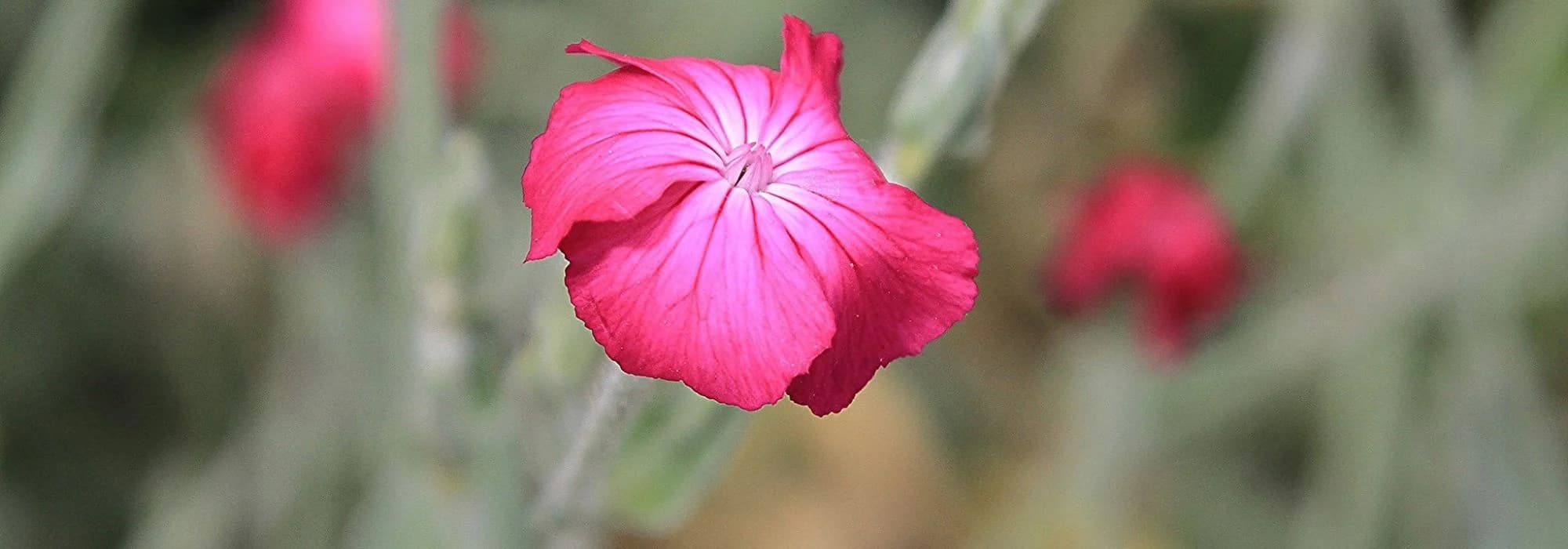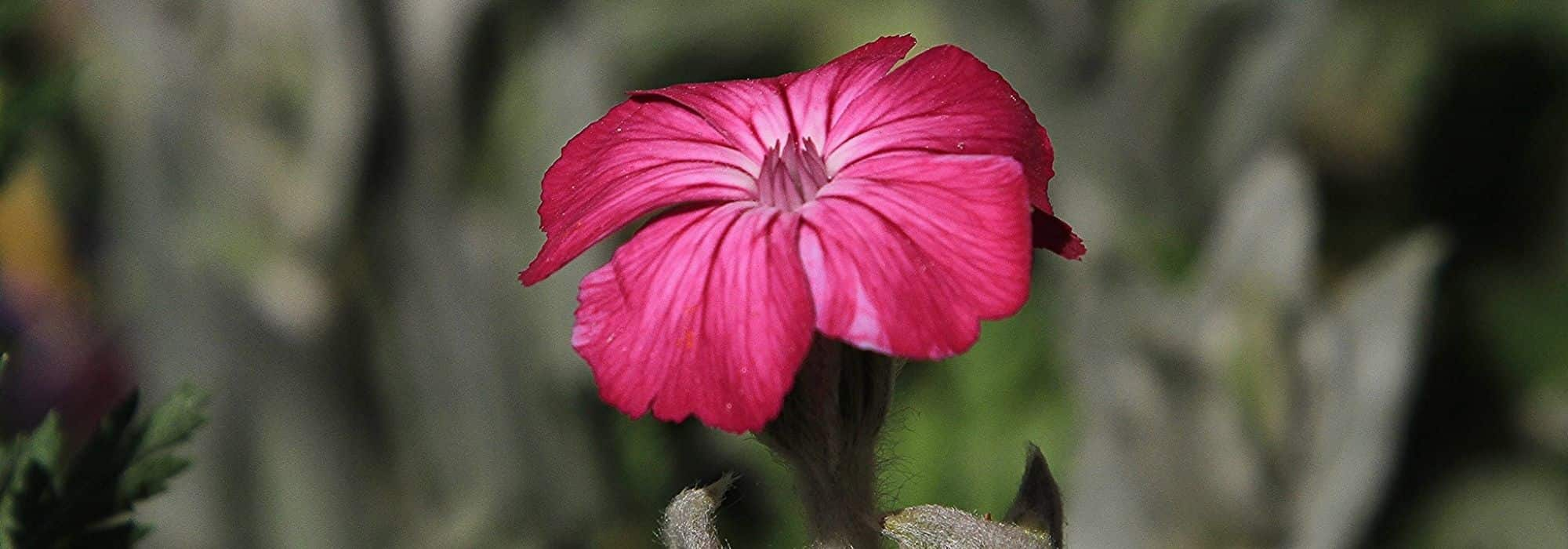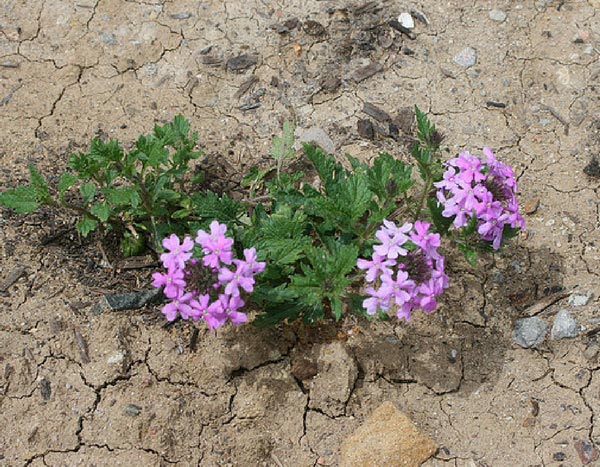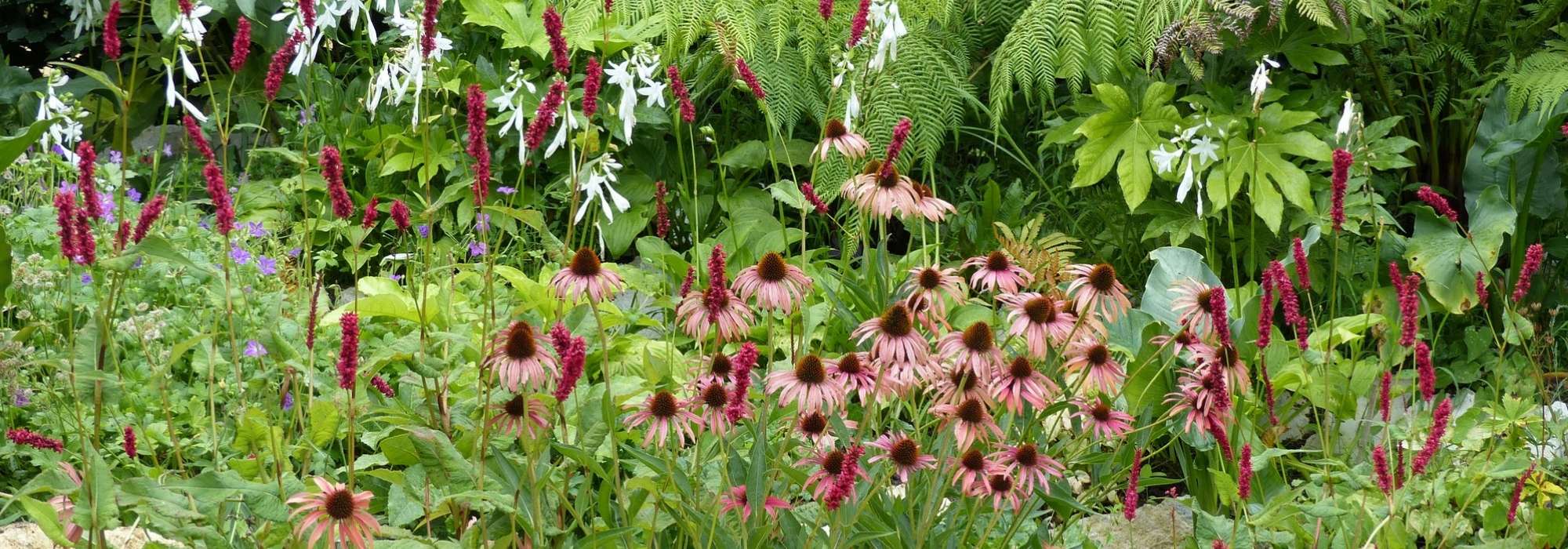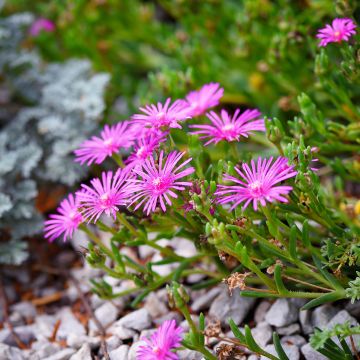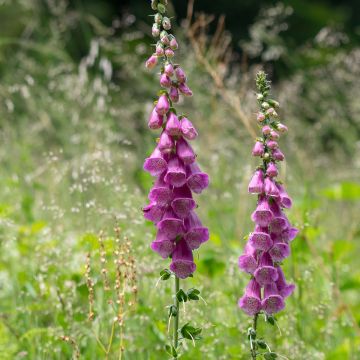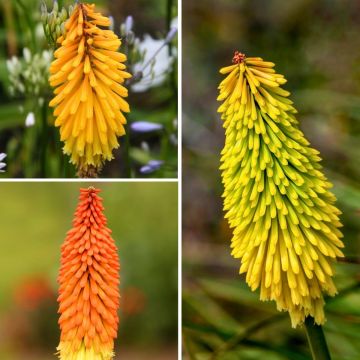

Lychnis alpina Rosea


Lychnis alpina Rosea


Lychnis alpina Rosea
Lychnis alpina Rosea
Lychnis alpina Rosea
Alpine Catchfly
Quelques shoots verts mais j'ai un doute sur la reprise. J'attends.....
Sophie D., 13/03/2021
Special offer!
Receive a €20 voucher for any order over €90 (excluding delivery costs, credit notes, and plastic-free options)!
1- Add your favorite plants to your cart.
2- Once you have reached €90, confirm your order (you can even choose the delivery date!).
3- As soon as your order is shipped, you will receive an email containing your voucher code, valid for 3 months (90 days).
Your voucher is unique and can only be used once, for any order with a minimum value of €20, excluding delivery costs.
Can be combined with other current offers, non-divisible and non-refundable.
Home or relay delivery (depending on size and destination)
Schedule delivery date,
and select date in basket
This plant carries a 12 months recovery warranty
More information
We guarantee the quality of our plants for a full growing cycle, and will replace at our expense any plant that fails to recover under normal climatic and planting conditions.
Does this plant fit my garden?
Set up your Plantfit profile →
Description
The Lychnis alpina 'Rosea', also known as Alpine Campion or Swedish Catchfly is an easy perennial plant, forming a tuft of dark green linear leaves, 20 cm (8in) wide. In spring, it produces tightly packed clusters of bright pink flowers with fringed petals on slender stems. It is a perfect plant for rockeries, troughs, walls or paving, only requiring light and a fresh, non-limestone and well-drained soil to thrive.
Lychnis alpina belongs to the Caryophyllaceae family. This plant originates from high mountains as well as subarctic regions in the northern hemisphere, where it grows on cliffs and rocky areas. This hardy perennial forms a deciduous tuft, composed of basal rosettes of linear leaves, arranged in pairs of 2-3 on the stem, in a dark green color, forming a 20 cm (8in) wide cushion. Numerous flower stalks emerge from this tuft, forming globular inflorescences of 10 to 20 flowers, reaching a height of 5 to 15 cm (2 to 6in). The flowering occurs in spring, in April-May-June. It is remarkably cheerful and vibrant.
Lychnis alpina Rosea is a variety derived from Lychnis alpina with vivid pink flowering. It is an excellent small perennial plant, easy to grow in light, non-limestone soil, alongside alpine rock plants. It has various uses, in borders, rockeries, dry stone walls or troughs. Combine it with white rock cress, purple or violet aubrietas, Yoyo Snow-in-Summer, bellflowers.
Lychnis alpina Rosea in pictures






Flowering
Foliage
Plant habit
Botanical data
Lychnis
alpina
Rosea
Caryophyllaceae
Alpine Catchfly
Cultivar or hybrid
Other Lychnis
View all →Planting and care
Lychnis alpina Rosea thrives in sunny or partially shaded exposure, in a well-drained, moist to dry, rich soil, preferably non-calcareous. In regions with clayey, heavy and moist soil, only the scree garden, the slope of a talus and the rockery can accommodate them without risks. In a rocky or sandy soil, it is not uncommon for most lychnis to self-sow spontaneously. Easy to grow in any sandy or rocky soil, but preferably low in limestone and very well-drained. In regions with dry and hot summers, it is advisable to plant it in non-burning areas of the garden, ensuring that the soil does not dry out too much, even though this plant tolerates drought.
Planting period
Intended location
Care
Planting & care advice
-
, onOrder confirmed
Reply from on Promesse de fleurs
Similar products
Haven't found what you were looking for?
Hardiness is the lowest winter temperature a plant can endure without suffering serious damage or even dying. However, hardiness is affected by location (a sheltered area, such as a patio), protection (winter cover) and soil type (hardiness is improved by well-drained soil).

Photo Sharing Terms & Conditions
In order to encourage gardeners to interact and share their experiences, Promesse de fleurs offers various media enabling content to be uploaded onto its Site - in particular via the ‘Photo sharing’ module.
The User agrees to refrain from:
- Posting any content that is illegal, prejudicial, insulting, racist, inciteful to hatred, revisionist, contrary to public decency, that infringes on privacy or on the privacy rights of third parties, in particular the publicity rights of persons and goods, intellectual property rights, or the right to privacy.
- Submitting content on behalf of a third party;
- Impersonate the identity of a third party and/or publish any personal information about a third party;
In general, the User undertakes to refrain from any unethical behaviour.
All Content (in particular text, comments, files, images, photos, videos, creative works, etc.), which may be subject to property or intellectual property rights, image or other private rights, shall remain the property of the User, subject to the limited rights granted by the terms of the licence granted by Promesse de fleurs as stated below. Users are at liberty to publish or not to publish such Content on the Site, notably via the ‘Photo Sharing’ facility, and accept that this Content shall be made public and freely accessible, notably on the Internet.
Users further acknowledge, undertake to have ,and guarantee that they hold all necessary rights and permissions to publish such material on the Site, in particular with regard to the legislation in force pertaining to any privacy, property, intellectual property, image, or contractual rights, or rights of any other nature. By publishing such Content on the Site, Users acknowledge accepting full liability as publishers of the Content within the meaning of the law, and grant Promesse de fleurs, free of charge, an inclusive, worldwide licence for the said Content for the entire duration of its publication, including all reproduction, representation, up/downloading, displaying, performing, transmission, and storage rights.
Users also grant permission for their name to be linked to the Content and accept that this link may not always be made available.
By engaging in posting material, Users consent to their Content becoming automatically accessible on the Internet, in particular on other sites and/or blogs and/or web pages of the Promesse de fleurs site, including in particular social pages and the Promesse de fleurs catalogue.
Users may secure the removal of entrusted content free of charge by issuing a simple request via our contact form.
The flowering period indicated on our website applies to countries and regions located in USDA zone 8 (France, the United Kingdom, Ireland, the Netherlands, etc.)
It will vary according to where you live:
- In zones 9 to 10 (Italy, Spain, Greece, etc.), flowering will occur about 2 to 4 weeks earlier.
- In zones 6 to 7 (Germany, Poland, Slovenia, and lower mountainous regions), flowering will be delayed by 2 to 3 weeks.
- In zone 5 (Central Europe, Scandinavia), blooming will be delayed by 3 to 5 weeks.
In temperate climates, pruning of spring-flowering shrubs (forsythia, spireas, etc.) should be done just after flowering.
Pruning of summer-flowering shrubs (Indian Lilac, Perovskia, etc.) can be done in winter or spring.
In cold regions as well as with frost-sensitive plants, avoid pruning too early when severe frosts may still occur.
The planting period indicated on our website applies to countries and regions located in USDA zone 8 (France, United Kingdom, Ireland, Netherlands).
It will vary according to where you live:
- In Mediterranean zones (Marseille, Madrid, Milan, etc.), autumn and winter are the best planting periods.
- In continental zones (Strasbourg, Munich, Vienna, etc.), delay planting by 2 to 3 weeks in spring and bring it forward by 2 to 4 weeks in autumn.
- In mountainous regions (the Alps, Pyrenees, Carpathians, etc.), it is best to plant in late spring (May-June) or late summer (August-September).
The harvesting period indicated on our website applies to countries and regions in USDA zone 8 (France, England, Ireland, the Netherlands).
In colder areas (Scandinavia, Poland, Austria...) fruit and vegetable harvests are likely to be delayed by 3-4 weeks.
In warmer areas (Italy, Spain, Greece, etc.), harvesting will probably take place earlier, depending on weather conditions.
The sowing periods indicated on our website apply to countries and regions within USDA Zone 8 (France, UK, Ireland, Netherlands).
In colder areas (Scandinavia, Poland, Austria...), delay any outdoor sowing by 3-4 weeks, or sow under glass.
In warmer climes (Italy, Spain, Greece, etc.), bring outdoor sowing forward by a few weeks.

































